
Published: Last Updated:
Readtime: 11 min
Every product is carefully selected by our editors and experts. If you buy from a link, we may earn a commission. Learn more. For more information on how we test products, click here.
I don’t think anyone expected the first “flagship” phone launched by UK’s Nothing to be quite as controversial as it has been, but then again, people have always been hot or cold on the brand’s design-led thinking. With the Nothing Phone (3), however, it’s less about the look—although that certainly still plays a part in the conversation—and more about what you’re getting for the hefty AUD$1,509 price tag.
For what it’s worth, the phone itself is perfectly fine. If what you’re after is a solid daily driver that’ll take nice photos, with a nice screen, and a bold design, it’ll serve that role admirably. But so will the Nothing Phone (3a) Pro, which is almost half the price and seems to only be missing the more gimmicky parts of the Phone (3)’s repertoire.
To it’s credit, the Phone (3) does have a beautiful 6.67’’ screen, and does feel high-end in the hand. It’s weighty enough to play the premium part, and the camera system is solid, with four 50MP cameras powering it. The custom-built Nothing OS is a lightweight, minimal variant of Android that doesn’t lose any of the major functionality of its base OS, but simply cuts away the bloat and delivers a very solid experience. The phone is snappy, fast, and, honestly, a pleasure to use.
But in 2025, and for AUD$1,509, is that really enough?
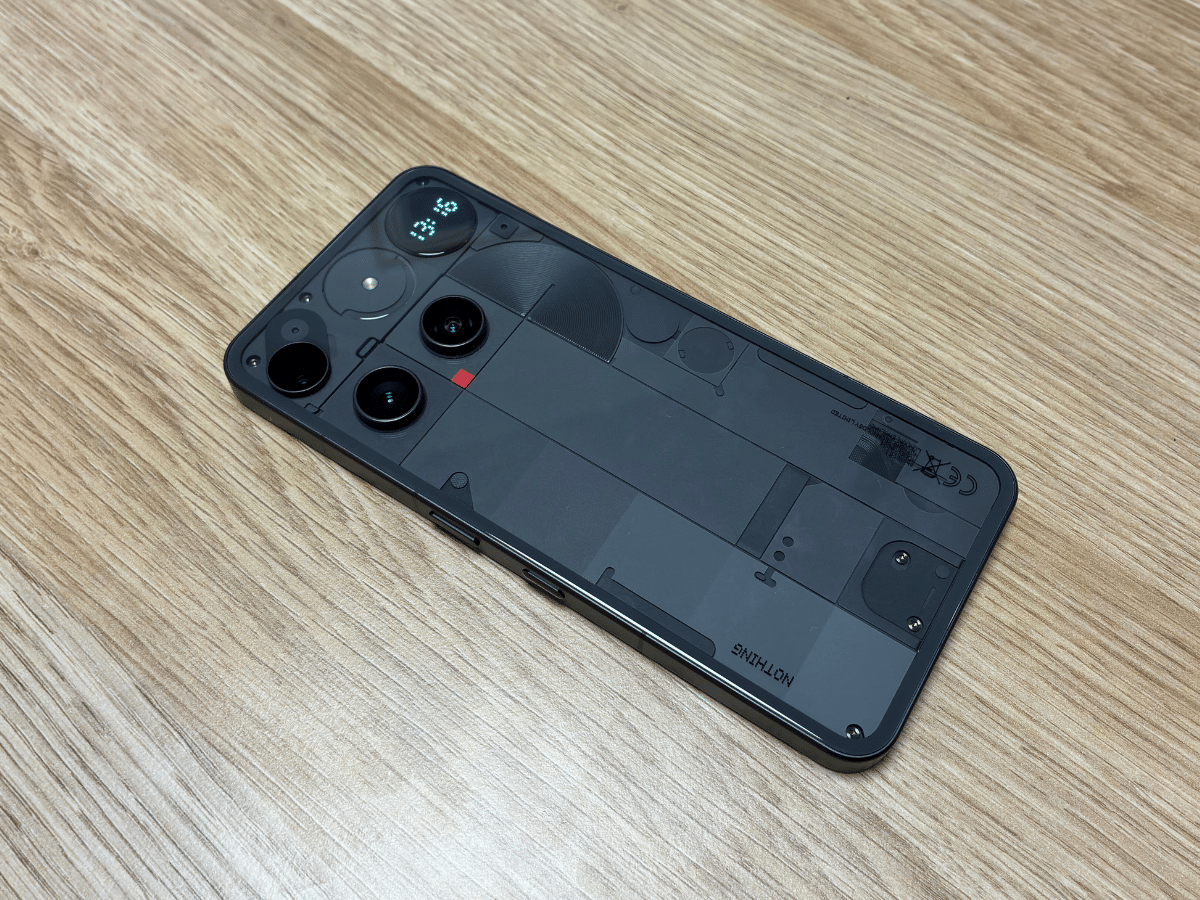
Comparing the Competition
| Nothing Phone (3) | iPhone 16 | Google Pixel 9 | Samsung Galaxy S25 | |
| Price | From AUD$1,509 | From AUD$1,399 | From AUD$1,349 | From AUD$1,399 |
| Display | – 6.67” OLED Display – 2800 x 1260 resolution – 120Hz Max Refresh Rate – Corning Gorilla Glass 7i | – 6.1” Super Retina OLED Display – 2556 x 1179 resolution – 60Hz Max Refresh Rate – Ceramic Shield Glass | – 6.3” Actua OLED Display – 2424 x 1080 resolution – 120Hz Max Refresh Rate – Corning Gorilla Glass Victus 2 | – 6.2” Dynamic LTPO AMOLED Display – 2340 x 1080 resolution – 120Hz Max Refresh Rate – Corning Gorilla Glass Victus 2 |
| Operating System | Nothing OS 3.5 Android 15 | iOS 18 | Android 14 | One UI 7 Android 15 |
| Internals | – Processor: Snapdragon 8s Gen 4 – RAM: 12GB, 16GB – Storage: 256GB, 512GB | – Processor: A18 – RAM: 8GB – Storage: 128GB, 256GB, 512GB | – Processor: Tensor G4 – RAM: 12GB – Storage: 128GB, 256GB | – Processor: Snapdragon 8 Elite – RAM: 12 GB – Storage: 128GB, 256GB, 512GB |
| Networking | – 5G – Wi-Fi 7 – Bluetooth 6.0 – NFC Capable | – 5G – Wi-Fi 7 – Bluetooth 5.3 – NFC Capable | – 5G – Wi-Fi 7 – Bluetooth 5.3 – NFC Capable | – 5G – Wi-Fi 7 – Bluetooth 5.4 – NFC Capable |
| Camera | Front: 50MP Rear: 50MP (wide), 50MP (ultrawide), 50MP (periscope telephoto) Can record up to 4K@60fps | Front: 12MP Rear: 48MP (wide), 12MP (ultrawide) Can record up to 4K@60fps Can record slow motion 1080@240fps | Front: 10.5MP Rear: 50MP (wide), 48MP (ultrawide) Can record up to 4K@60fps Can record slow motion 1080@240fps | Front: 12MP Rear: 50MP (wide), 12MP (ultrawide), 10MP (telephoto) Can record up to 8K@30fps, 4K@60fps Can record slow motion 1080p@240fps |
| Battery | 5,150mAh | 3,500mAh | 4,700mAh | 4,000mAh |
| Other features | – Single USB 2.0 Type-C port – Fingerprint reader – Wireless Charging Compatible – IP68 dust/water resistant (up to 1.5m for 30 mins) – Essential Space | – Single USB 2.0 Type-C port – Face ID – Qi2 Wireless Charging Compatible – IP68 dust/water resistant (up to 6m for 30 mins) – Apple Intelligence | – Single USB 3.2 Type-C port – Fingerprint reader – Qi Wireless Charging Compatible – IP68 dust/water resistant (up to 1.5m for 30 mins) – Google Gemini | – Single USB 3.2 Type-C port – Fingerprint reader – Qi2 Wireless Changing Compatible – IP68 dust/water resistant (up to 1.5m for 30 mins) – Samsung DeX – Galaxy AI |
Why Trust Us
Here at Man of Many, we use a wide variety of technology. We’re not fans of any one brand, like to get our hands on the latest-and-greatest tech before we call it the next-best-thing, and we’ve built up extensive experience in reviewing tech as a publication over the past 10 years.
The author of this article, Dean Blake, is Man of Many’s technology journalist, and has followed the industry for years. He’s reviewed a fair bit of the competition, and was provided the product by Nothing for the purposes of this review. No money exchanged hands, and all opinions expressed are those of the author and haven’t been seen by Nothing ahead of time. For more information on our independence, testing and review guidelines, you can read our full editorial policies here.
Price to Performance
Nothing has often touted itself as a brand doing tech differently, and has focused more on the mid-to-low range of devices in order to ease the barrier of entry. It’s been a company that focuses more on delivering new ideas to a loyal customer base, and has done so without breaking their banks in the process. That has changed with the Nothing Phone (3).
Yes, Nothing is still definitely doing some things differently (design, mostly), but it has well and truly decided that it is time to enter the specs race with a fully-functional flagship phone, and has priced it accordingly. The only issue is that the insides of this thing aren’t really flagship parts, and the phone doesn’t quite stand up to competition in its price bracket.
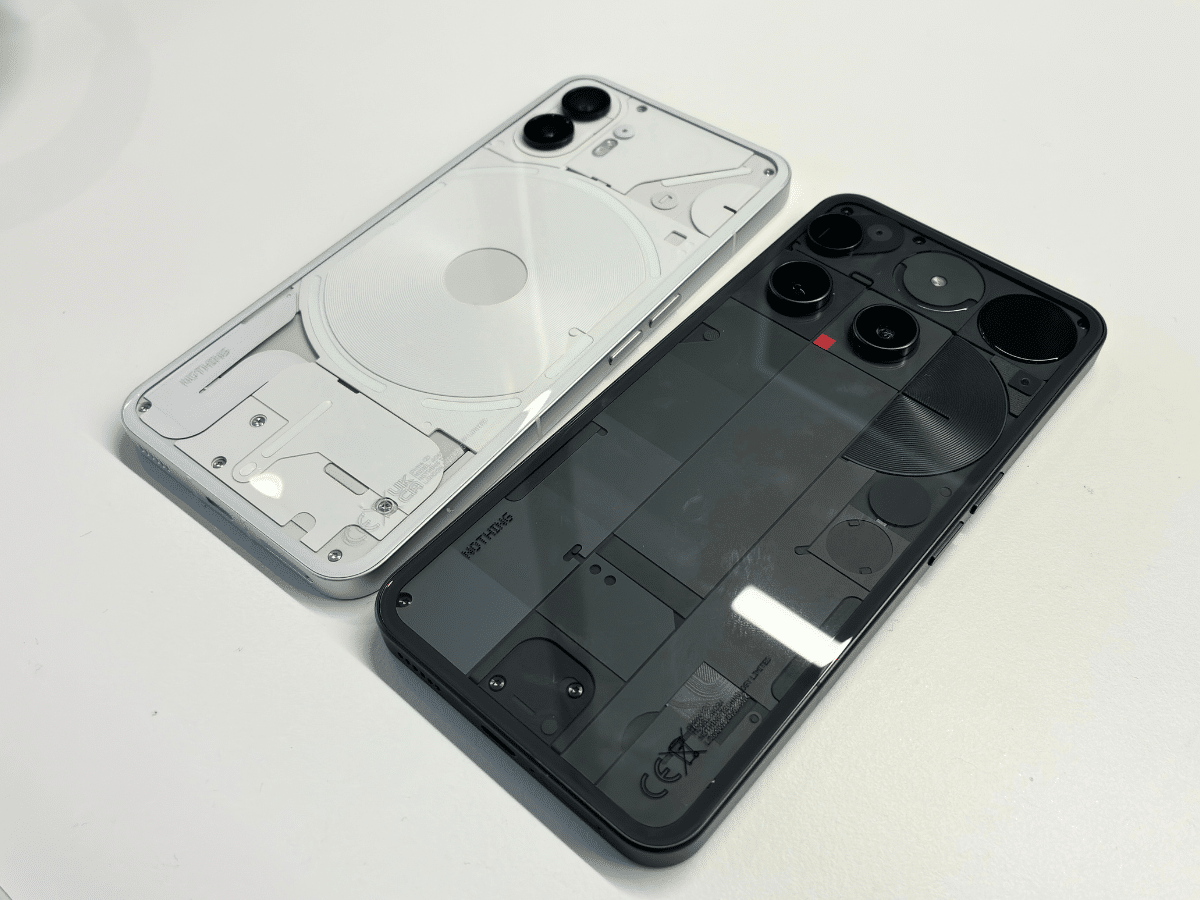
We’re comparing the Phone (3) to the Apple iPhone 16, the Google Pixel 9, and the Samsung Galaxy S25 —all fantastic phones in their own right, and all delivering incredibly solid performance for the higher, flagship cost. With the Phone (3), though, everything is just a bit behind its competition, and yet it starts at a higher price.
The Snapdragon 8s Gen 4 processor is enough for most people, don’t get me wrong—but so are the processors it the iPhone 16e, the Pixel 9a, and the Samsung Galaxy A56, and all of those phones are quite a bit cheaper than the Nothing Phone (3), and if I bashed the iPhone 16e for being overpriced I think it’s only fair to do so here as well.
Hell, if all you need is a phone that gets the job done, Nothing’s own Phone (3a) and (3a) Pro are some the best entry-level and mid-range phones on the market and costs way, way less than the Phone (3), and share the same operating system and much of the software.
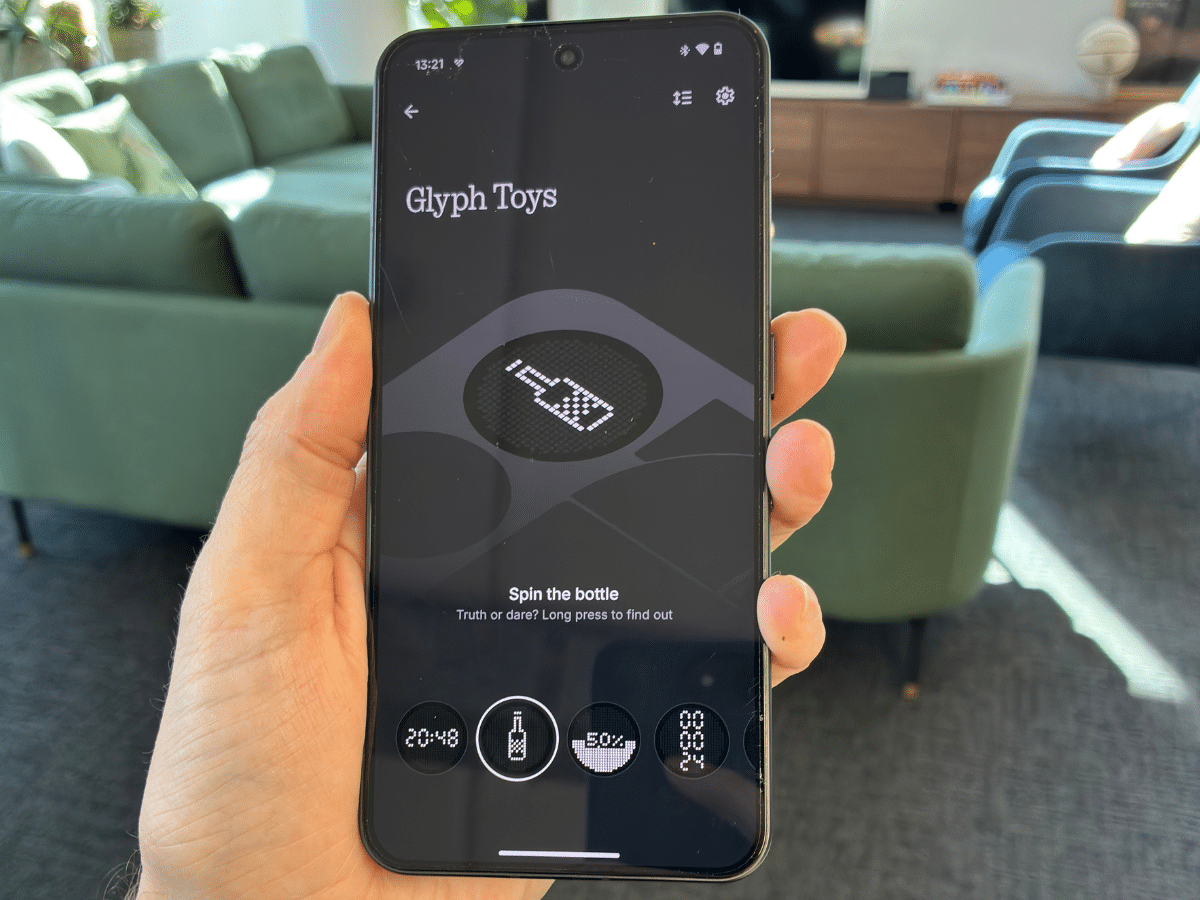
The new phone does add a new and so-far exclusive features over the previous phones running Nothing OS, though: Essential Search, a universal search function that can help navigate your phone or tap into AI to answer questions; and Flip to Record, a feature that allows you to start an audio recording from the back of a face down phone. It also has access to Essential Space, Nothing’s in-house AI-powered quasi-scrapbooking feature that serves to act as your ‘second brain’, and has the essential button on the side of the phone to prove it.
Now, I tested the new Essential Search, and even logging into the phone with an Australian Google account, and giving the phone permission to track my location which could correctly ping me as being in Sydney, when I asked Essential Search about the weather, it gave me responses generated specifically for the United States: several times, in fact. When I specified that I lived in Sydney, it didn’t give me a nice, AI-powered write up about my local weather as it had when it assumed that I had lived in the US, but showed me a widget of my weather app instead. “Look it up yourself”, the phone said.
This is exactly the kind of half-baked AI implementation I’ve come to expect from most tech companies at this point, and it’s disappointing to see it come from a brand that constantly talks about how deliberate it’s being with the implementation of AI to ensure interactions are “simpler, smarter, and more human”, and which is designed not in Silicon Valley, but in the UK. I wonder if British users are given simpler, smarter, and more human interactions than us Down Under.
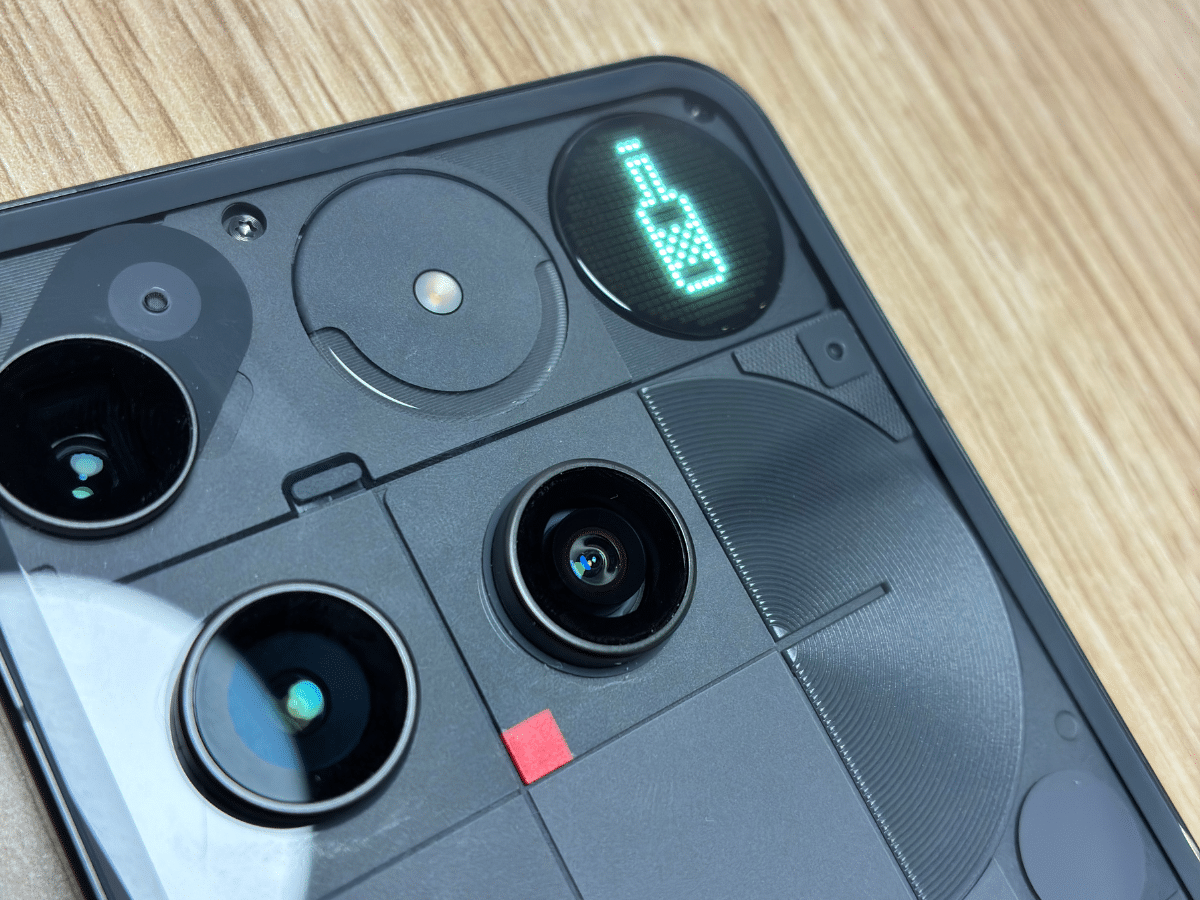
Enter the Matrix
Okay, let’s get back on track. The first major thing you’ll notice about the Phone (3) is the design. That’s always been Nothing’s goal, and in this case, I’d say the design team there has had mixed success. Yes—it doesn’t look like any other phone on the market, but it’s also pretty damn ugly. That’s a subjective stance, and I’m sure there are people out there that look at this thing and think it’s a work of abstract art, but for me the way the cameras, flash, and new glyph matrix are positioned make me feel strangely uneasy.
I can see the grid-based design at play, but I still don’t particularly like it. As people, we tend to gravitate toward simplistic design a lot of the time—even maximalists are still seeking to create some level of balance between the abundance—but here, it feels like things are off.
I think that largely has to do with the placement of the three rear-facing cameras, which are placed in an off-centre triad, and which extend out of the phone in varying heights. I’ve wanted phones to ditch the camera bump ever since they became a staple in flagship design, but not like this.
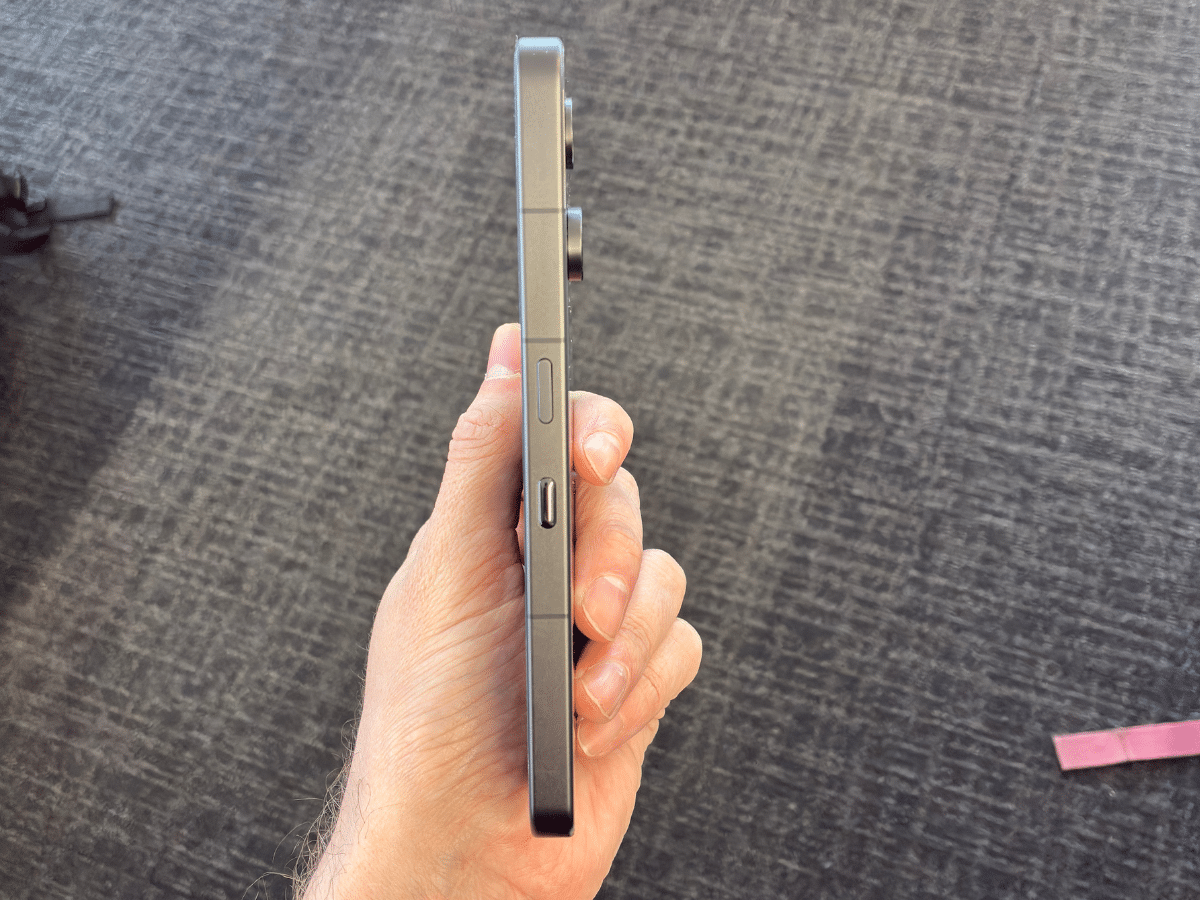
Beyond the design, though, let’s talk about that glyph matrix. It’s about the size of a AUD$2 coin (if that means anything to you), and holds hundreds of micro-LEDs that, with the right software, can do some interesting stuff. Like, allow you to play spin the bottle, or, if you and another friend both have a Nothing Phone (3) you can use it to play rock, paper, scissors. Or you can use it to check your phone’s battery while it’s face down, or set a timer, or check the time. Or you can set it up to a custom display to come up when a certain person attempts to contact you
How do you control it? Well, there’s a little button about half way down the back of the device that essentially only registers if you’re touching it—a short press which turn the matrix on or switch to the next game, whereas a long press will activate whatever function you’re currently using: spinning the bottle, for example.
The use cases are pretty narrow right now, but it’s more than I can do with the back of an iPhone, and the fact that Nothing has such a close and open relationship with a pretty dedicated community of makers and programmers means that, given some time, we’ll see a bunch of new ideas sprout from the brand’s fanbase.
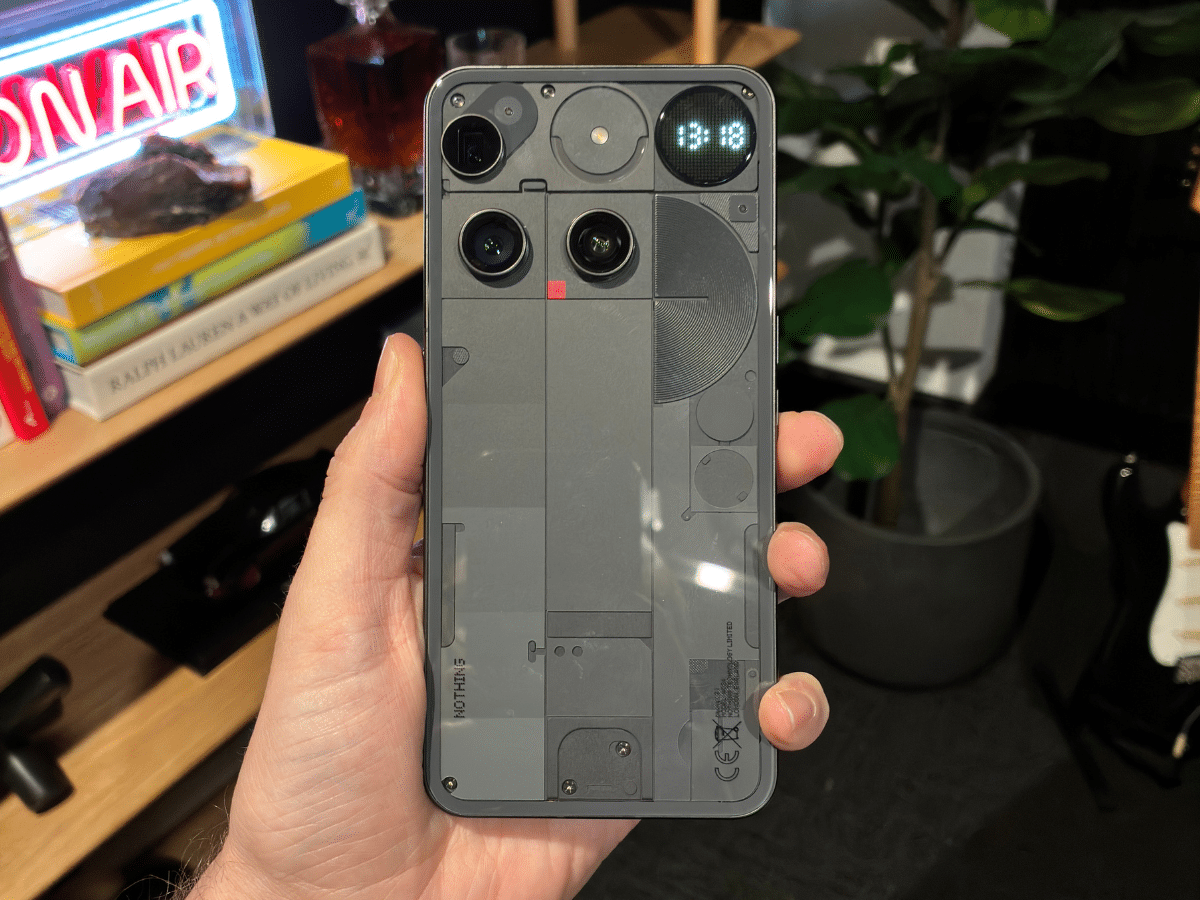
While the ability to generate new ideas from your community is nice, and bolsters the future of Nothing Phone (3) updates with some additional and totally-optional user-generated content, I do kind of lament the loss of the more ‘traditional’ glyph interface. I never thought it was particularly useful, and honestly turned it off during my time testing the Nothing Phone (2) and the Phone (3a), but it was so entrenched in Nothing’s design language that not having it feels like the new phone lost something in the upgrade.
Community response has been considerably mixed as well: while the launch of any new phone these days invariably brings haters to the gate, Nothing’s own community forums are filled with people wondering just what the hell they’re paying for with the Phone (3)—the Glyph Matrix is a fun feature, for sure, but it’s largely a gimmick that can’t justify what many are seeing as an unjustifiable price increase over prior Nothing models.
Man of Many’s Verdict on the Nothing Phone (3)
After reading back the past 1000-odd words, I realise I’ve come off pretty negatively on the Phone (3), but I do view this as more of an average product rather than a bad one. Nothing’s main goal is to provide tech enthusiasts with something a bit more fun—more like a toy—to bring some level of joy back into the world. It’s honestly not unlike the general strategy of Nintendo.
When that experience doesn’t cost an arm and a leg I think Nothing totally delivers: it’s just the asking price here doesn’t match the output, unless you absolutely adore the idea of playing scissors, paper, rock with your phone while waiting for the bus or something.
I think if it were priced a bit more aggressively, the Nothing Phone (3) would be a fantastic challenger phone to the iPhones, Pixels and Galaxys of the world in the same was the Nothing Phone (2) was. But that’s not what it is today.
DISCLAIMER: The author of this post, Dean Blake, was supplied a Nothing Phone (3) for the purposes of this review.
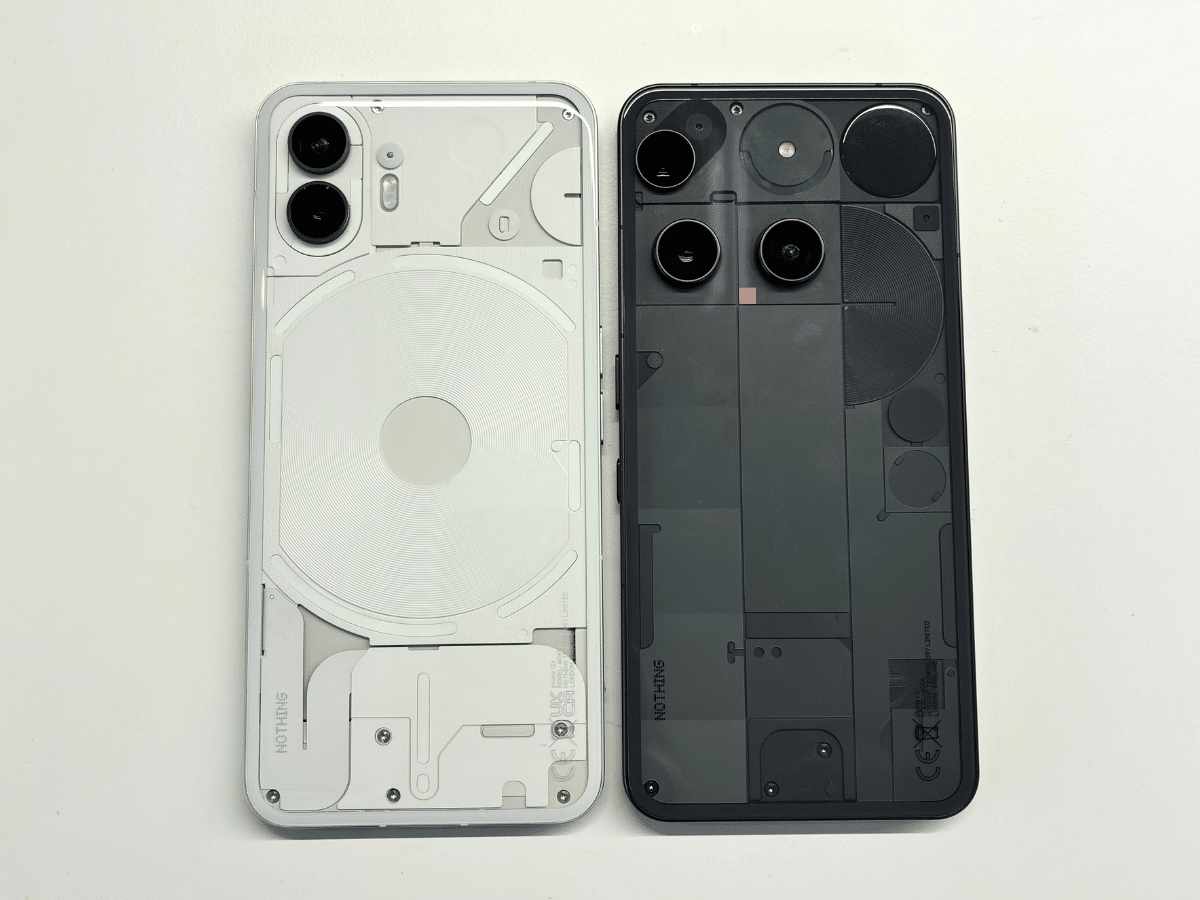








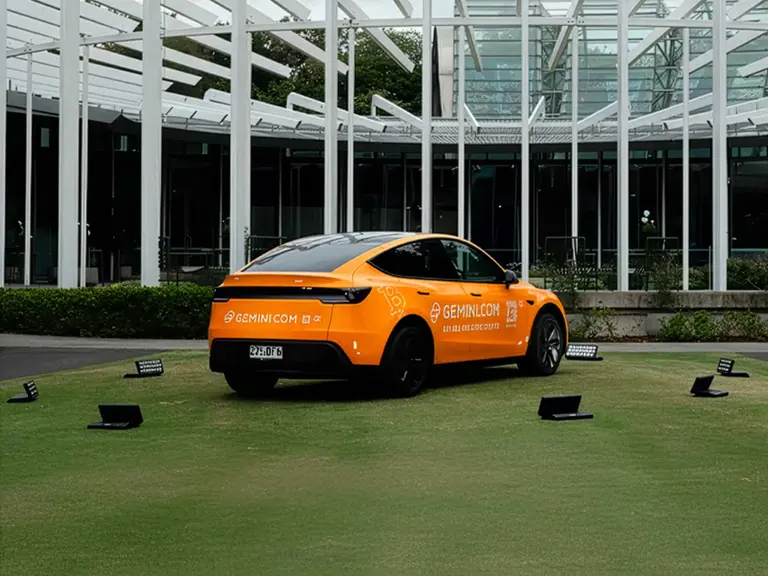
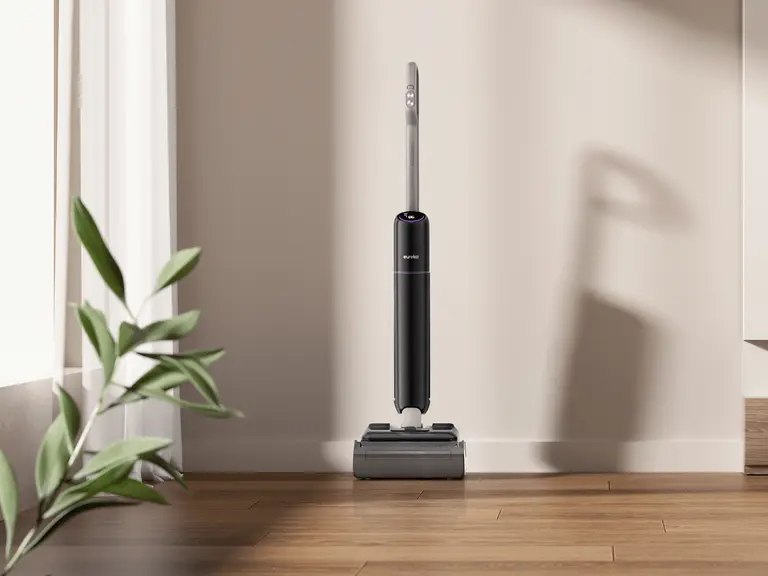


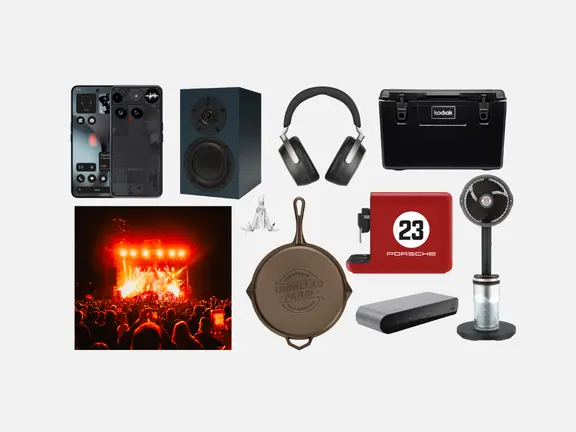





















Comments
We love hearing from you. or to leave a comment.